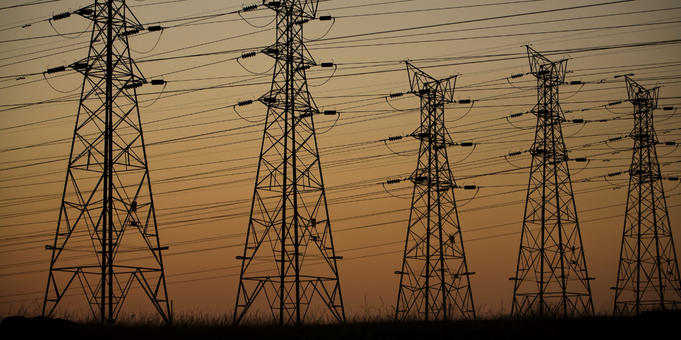As more and more people switch from gas-powered cars to electric vehicles (EVs), we hear a lot of questions along the lines of “can the grid handle it?” Sometimes that question is about supply and emissions (i.e. will we have enough clean energy resources to supply all the kilowatt-hours of electricity those EVs will need?), sometimes it’s about reliability (can the infrastructure handle it?), and sometimes it’s about costs. We’ve written before about how we have time and tools to prepare for this transition. This blog specifically addresses the question of the grid costs of increased EV adoption.
Increased Costs and Increased Revenue
As more and more people go electric, there will absolutely be costs associated with upgrading infrastructure to make sure they can charge. There are wires to replace, transformers to install, and parking lots to trench through for new charging stations. However, all those EVs enabled by grid improvements also pay into the system by, of course, buying more electricity. Lots of data demonstrates that EV drivers pay more into the system than they cost and can therefore push rates down for EV drivers and non-EV drivers alike.



Recently on Twitter